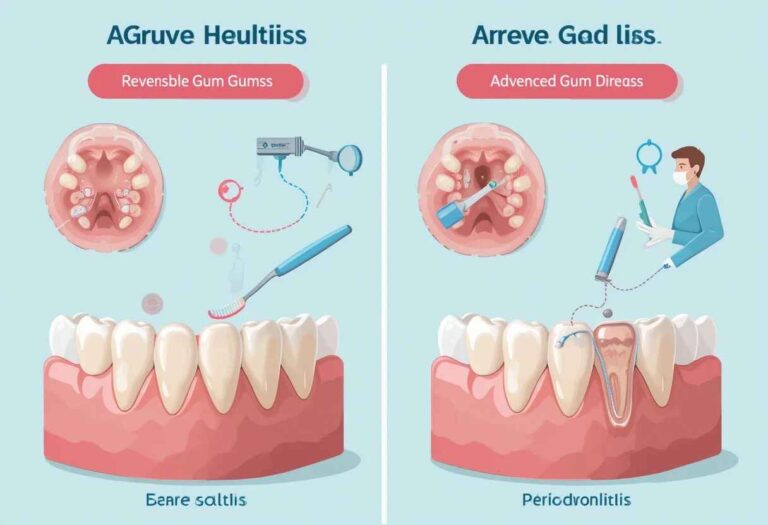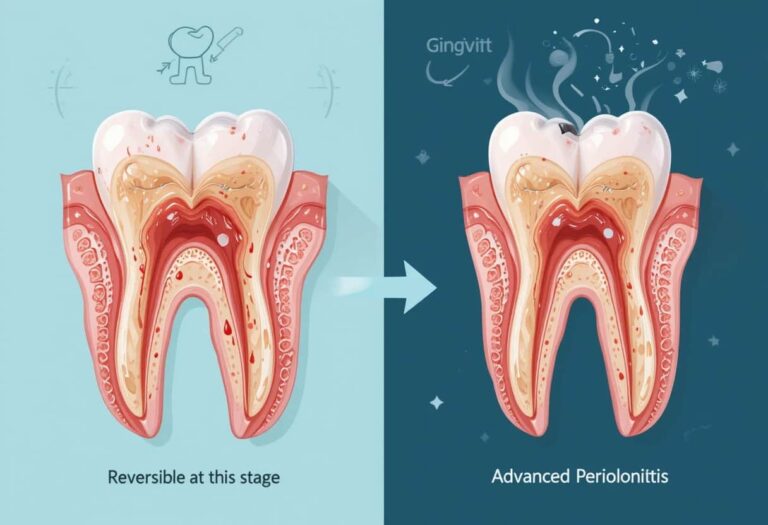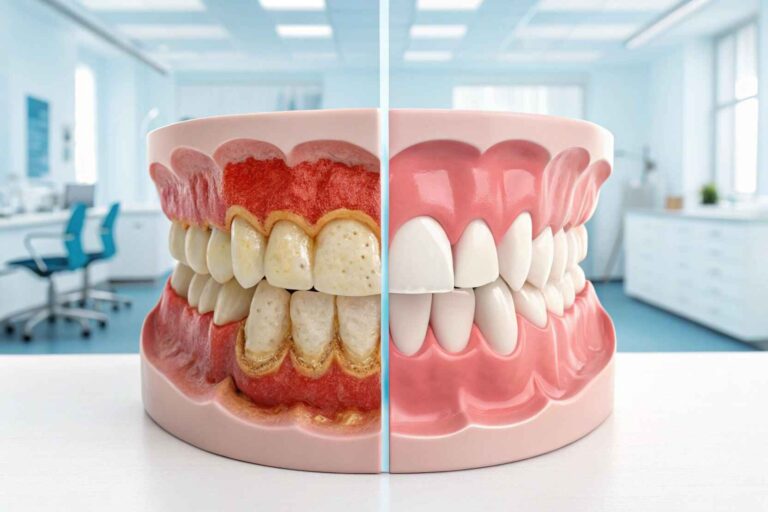Is Cirs A Real Disease – Real Patients, Real Proof!
Chronic Inflammatory Response Syndrome (CIRS) is now being recognized as a serious and real medical condition. It develops when people—especially those with certain genetic traits—are exposed to environmental toxins like mold, bacteria, or other biotoxins. Over time, this exposure can trigger chronic inflammation that affects multiple systems in the body.
CIRS often goes undiagnosed because its symptoms mimic other illnesses such as chronic fatigue, fibromyalgia, or depression. Many patients struggle for answers until they discover that CIRS fits their experience.
This article will explain what CIRS is, why it happens, how it’s diagnosed, and what treatments work—using simple, science-backed language to guide you. If you’ve been facing mysterious, long-lasting symptoms, understanding CIRS might be the first real step toward recovery.
What Is CIRS and Why Does It Matter?
CIRS, or Chronic Inflammatory Response Syndrome, is a multi-system illness caused by biotoxins that disrupt the immune system. When a genetically vulnerable person is exposed to environments such as water-damaged buildings or harmful algal blooms, their immune system may fail to clear the toxins. As a result, inflammation spreads throughout the body, affecting everything from the brain and muscles to hormones and digestion.
Unlike typical infections, the body doesn’t “win” against these biotoxins. The immune system becomes stuck in a loop, releasing inflammation signals repeatedly without ever resolving the problem. This creates chronic illness, often without clear lab results unless specific tests are ordered.
What Are the Key Symptoms That May Indicate You Have CIRS?
Symptoms of CIRS are widespread and can affect almost every part of the body. Since the illness is multi-systemic, individuals often report a combination of physical, cognitive, and emotional symptoms. Below is a breakdown of common symptom clusters observed in patients with CIRS.
Common Symptom Clusters of CIRS:
| Symptom Category | Specific Examples |
| Cognitive | Brain fog, memory loss, trouble concentrating |
| Muscular and Joint | Aching muscles, joint pain, stiffness |
| Fatigue | Chronic exhaustion, poor recovery from rest |
| Sensory | Light/sound sensitivity, blurred vision |
| Respiratory | Shortness of breath, coughing, and nasal congestion |
| Digestive | Bloating, diarrhea, nausea |
| Neurological | Numbness, tingling, headaches |
| Emotional/Mood | Anxiety, depression, and mood swings |
| Hormonal | Irregular menstruation, low libido, weight gain |
These symptoms don’t occur in isolation. Patients often report experiencing eight or more symptom categories simultaneously, which is a strong indicator of CIRS.
What Causes CIRS and What Environmental Triggers Should You Be Aware Of?
One of the most important things to understand about Chronic Inflammatory Response Syndrome (CIRS) is that it doesn’t just appear out of nowhere—it’s often triggered by specific environmental exposures. Unlike many chronic conditions, CIRS has a clear link to biotoxins found in everyday surroundings, especially in water-damaged or contaminated spaces.
Common Environmental Triggers That Can Lead to CIRS:
These are the most frequent sources of exposure linked to the onset of CIRS:
- Water-Damaged Buildings: Hidden mold or bacterial overgrowth in walls, ceilings, carpets, or HVAC systems is one of the most common sources. Even if mold isn’t visible, its spores can contaminate the air and trigger immune dysfunction in sensitive individuals.
- Blue-Green Algae (Cyanobacteria): Found in lakes, ponds, or rivers, this algae produces neurotoxins and biotoxins that can affect swimmers, boaters, or those living near affected water bodies.
- Tick Bites and Lyme Disease Co-Infections: Tick-borne illnesses, especially Lyme disease and related pathogens, can act as environmental biotoxin triggers—initiating the same chronic inflammatory response.
- Contaminated HVAC or Ventilation Systems: Poorly maintained air systems, especially in damp buildings, can circulate harmful mold spores and bacteria throughout homes or workplaces without detection.
Is CIRS Truly a Recognized Medical Condition According to Science?

Chronic Inflammatory Response Syndrome (CIRS) is now seen as a legitimate medical condition. Once doubted, it is increasingly supported by scientific data. CIRS shows consistent symptom patterns, has measurable lab-based markers, and responds well to structured treatment, making it diagnosable and treatable in modern clinical practice.
Recognizable Symptom Patterns:
CIRS symptoms affect multiple systems in the body. These symptoms form 13 unique clusters. A patient usually has at least 8 of them. Fatigue, brain fog, joint pain, and mood swings are common. Repeated patterns seen across patients and studies confirm that these are not vague complaints but signs of a real biological condition.
Objective Diagnostic Markers:
Unlike many chronic illnesses, CIRS includes clear diagnostic markers. Blood tests show immune activation, inflammation, and hormone changes. Biomarkers like C4a, TGF-β1, and low VIP levels are commonly found. Many patients also carry specific genetic traits that impair their detox system. These lab results provide proof beyond symptoms alone.
Measurable Response to Treatment:
The Shoemaker Protocol has helped thousands of CIRS patients recover. Treatment focuses on removing biotoxin exposure, using toxin binders, and correcting immune and hormonal imbalances. As patients follow the protocol, symptoms improve and lab markers normalize. This measurable healing process proves that CIRS responds well to targeted intervention.
Scientific Consensus and Recognition:
CIRS is being accepted by more experts in environmental and integrative medicine. The U.S. Government Accountability Office has acknowledged its legitimacy. Studies continue to be published in peer-reviewed journals. While awareness is still growing, CIRS is supported by scientific evidence and real patient outcomes, not just theory or observation.
Why Is CIRS Commonly Misdiagnosed?
- Similar Symptoms: The symptoms of CIRS closely resemble those of other chronic conditions like fibromyalgia, chronic fatigue syndrome, or even Lyme disease. This overlap often causes confusion, making it hard for doctors to distinguish CIRS from more familiar diagnoses without specialized evaluation.
- Lack of Awareness: Many healthcare providers are not trained to identify or diagnose CIRS. Since it’s not widely taught in traditional medical education, doctors may overlook it entirely or misattribute symptoms to more common illnesses that fit within their current understanding.
- Standard Testing Gaps: Routine blood work and imaging typically do not reveal the unique inflammatory or immune dysfunction markers linked to CIRS. Without ordering specialized labs, physicians may see “normal” results and rule out a physical cause, leading to inaccurate conclusions.
- Psychological Labeling: When conventional tests come back clear, many patients are told their symptoms are stress-related or psychological. This can be deeply frustrating for individuals experiencing very real physical illness, and often delays access to appropriate treatment based on biological markers.
- Delayed Diagnosis: Without proper recognition and testing, patients may go years without an accurate diagnosis. This delay in identifying CIRS means ongoing symptoms, worsening inflammation, and prolonged suffering—when early detection could have led to targeted, effective treatment and recovery.
What Is the Shoemaker Protocol and How Does It Treat CIRS?
- Remove Biotoxin Exposure: The first step is identifying and removing the source of biotoxins. This may include professional mold remediation, improving indoor air quality, or even relocating. Eliminating ongoing exposure is crucial to stop the inflammatory response and begin the recovery process.
- Bind and Remove Toxins: Bile acid-binding agents like cholestyramine or welchol are used to bind toxins in the gut. These medications prevent the reabsorption of biotoxins and help flush them out of the body, reducing the toxic load and easing symptoms over time.
- Treat Nasal Infections (MARCoNS): Many CIRS patients have a resistant staph infection called MARCoNS in the nasal cavity. This infection is treated using targeted nasal sprays to eliminate biofilms, lower inflammation, and reduce interference with hormone regulation and brain chemistry.
- Balance Immune and Hormone Markers: Lab monitoring helps guide treatment aimed at normalizing immune markers like TGF-β1 and hormones such as VIP and MSH. Correcting these imbalances can improve energy, sleep, mood, and cognitive function—often some of the most troubling symptoms in CIRS.
- Support Long-Term Recovery: The final phase includes repairing immune function, stabilizing the body’s response system, and ensuring there’s no re-exposure. Maintenance care, retesting, and lifestyle changes help prevent relapse and support lasting wellness after initial symptom control.
How Does Genetics Influence the Risk of Developing CIRS?
CIRS isn’t only about exposure to mold or biotoxins—it also involves how your body genetically responds to these environmental stressors. Research shows that approximately 24% of the population carries specific HLA-DR gene types, which are associated with a reduced ability to recognize and clear biotoxins effectively.

This genetic predisposition means that while two individuals may be exposed to the same toxic environment, only one might develop chronic symptoms associated with CIRS. Understanding your HLA status through genetic testing can offer valuable insight for both diagnosis and treatment. It helps explain the uneven impact of environmental triggers and supports a more personalized approach to recovery.
What Lifestyle and Environmental Steps Support CIRS Recovery?
- Inspect for Mold Exposure: A professional mold inspection is crucial. Hidden mold in walls, ceilings, or HVAC systems may go unnoticed but can continue triggering symptoms. Identifying and eliminating mold sources is a foundational step in preventing further biotoxin exposure and promoting healing.
- Improve Indoor Air Quality: Using HEPA filters and air purifiers helps reduce airborne toxins, mold spores, and allergens. Clean, well-ventilated indoor environments lower the daily toxic load and support the immune system as it recovers from the chronic inflammation associated with CIRS.
- Follow an Anti-Inflammatory Diet: Reducing processed foods, sugar, and inflammatory ingredients can significantly help in managing symptoms. Emphasizing whole foods, vegetables, lean proteins, and omega-3 fats can reduce overall inflammation and support immune balance, making treatment outcomes more effective and sustainable.
- Manage Stress Mindfully: Chronic stress can worsen inflammation and disrupt immune function. Techniques like meditation, breathwork, gentle exercise, and cognitive behavioral therapy (CBT) can reduce stress hormones, support mental health, and complement physical healing during the CIRS recovery process.
- Track Progress with Regular Testing: Ongoing monitoring through lab tests helps track improvement and catch early signs of re-exposure. Routine follow-ups with a CIRS-literate practitioner ensure that the treatment stays on track and adjustments are made as needed for long-term wellness.
How Is CIRS Gaining Recognition in the Medical Community?
Although CIRS was once met with skepticism, its medical acceptance is growing steadily. Respected bodies like the Government Accountability Office (GAO) and the National Institute of Environmental Health Sciences (NIEHS) have acknowledged its legitimacy. Today, biotoxin-related illness is gradually being integrated into medical education, research programs, and continuing physician training worldwide.
More physicians are now becoming CIRS-literate through specialized certification programs. Clinical case studies and peer-reviewed research are helping validate patient outcomes. As awareness grows, earlier diagnosis and better treatment are becoming more accessible to those affected.
Why It’s Time to Take CIRS Seriously?
CIRS is more than a buzzword—it’s a medically backed, biologically measurable condition with clear treatment pathways. With a strong scientific foundation, multiple peer-reviewed publications, and thousands of successful treatment outcomes, it’s clear that CIRS deserves a place among recognized chronic conditions.

If you or someone you know has long-term unexplained symptoms and has been exposed to water-damaged buildings or other biotoxin environments, it might be time to explore a CIRS evaluation. Early diagnosis and intervention can prevent years of suffering.
FAQs:
What makes CIRS different from conditions like chronic fatigue or fibromyalgia?
While CIRS shares symptoms with conditions like chronic fatigue and fibromyalgia, it stands apart due to its known environmental triggers and measurable biomarkers. Lab tests such as C4a, TGF-β1, and VIP levels help confirm the diagnosis, making it more than just a symptom-based condition.
Is CIRS caused only by mold exposure?
No, CIRS can also be triggered by other environmental biotoxins like bacteria from water-damaged buildings, cyanobacteria from algal blooms, or even certain tick-borne infections. Mold is common, but it’s just one of several potential sources that can set off this chronic inflammatory response.
Who is most at risk of developing CIRS?
People with specific genetic markers—especially HLA-DR types—are more likely to develop CIRS after toxin exposure. However, anyone living or working in a contaminated environment may be vulnerable, especially if exposure is long-term and undetected.
Can children develop CIRS too?
Yes, children can develop CIRS, particularly if they spend time in water-damaged schools or homes. Symptoms may look different from adults—often including behavioral changes, fatigue, or academic difficulties—but early intervention can lead to better outcomes.
How long does it take to recover from CIRS?
Recovery time varies by individual and depends on factors like the severity of exposure, genetics, and treatment compliance. Some improve in a few months with proper care, while others may need a year or more to fully restore immune balance and clear inflammation.
Conclusion:
Chronic Inflammatory Response Syndrome (CIRS) is a medically recognized condition with clear scientific backing, identifiable biomarkers, and structured treatment options. Though it remains underdiagnosed, awareness is steadily growing in both clinical practice and research. For those battling unexplained symptoms, CIRS offers real answers and a path to recovery.
Early diagnosis, personalized treatment, and a toxin-free environment are key to healing. Continued education among healthcare providers is essential to prevent misdiagnosis. With growing recognition, more patients can access the care, relief, and understanding they have long been searching for.
Related post:






